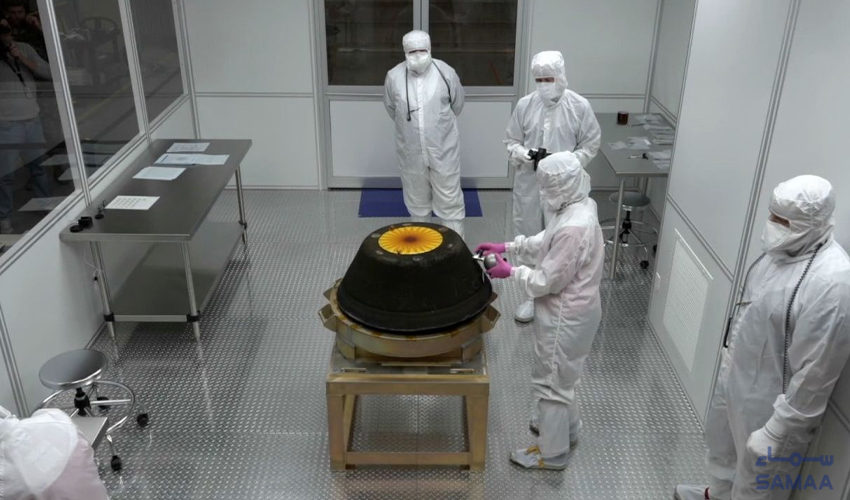NASA has unveiled preliminary findings from the asteroid sample collected from the 4.5-billion-year-old asteroid Bennu, which could provide crucial insights into the origins of life on Earth.
The sample, brought to Earth by NASA's OSIRIS-REx mission, shows compelling evidence of high carbon content and the presence of water, raising the possibility that these ancient space rocks may contain the building blocks of life.
The OSIRIS-REx mission, short for "Origins, Spectral Interpretation, Resource Identification and Security – Regolith Explorer," has delivered the most extensive carbon-rich asteroid sample ever to Earth, marking a pivotal moment in space exploration.
"Almost everything we do at NASA seeks to answer questions about who we are and where we come from," stated NASA Administrator Bill Nelson.
"This sample has made it back to Earth, but there is still so much science to come – science like we've never seen before."
While further research is required to understand the nature of the carbon compounds found, the initial discovery hints at an exciting path for future analyses. Scientists anticipate that the secrets concealed within the asteroid material will be studied for decades to come.
This could provide insights into the formation of our solar system, the potential seeding of precursor materials for life on Earth, and how to safeguard our planet from asteroid collisions.
Surplus of scientific treasure
Originally aiming for 60 grams of asteroid material, scientists were pleasantly surprised to find bonus asteroid material on the collector head, canister lid, and base.
"Our labs were ready for whatever Bennu had in store for us," said Vanessa Wyche, director of NASA Johnson Space Center. This extra material, while slightly complicating the sample collection process, offers an even more extensive dataset for researchers.
Cosmic time capsule
Within the first two weeks of analysis, scientists performed a range of assessments, including scanning electron microscope images, infrared measurements, X-ray diffraction, and chemical element analysis. This comprehensive approach revealed an abundance of carbon and water in the sample.
"As we peer into the ancient secrets preserved within the dust and rocks of asteroid Bennu, we are unlocking a time capsule that offers us profound insights into the origins of our solar system," stated Dante Lauretta, OSIRIS-REx principal investigator.
Over the next two years, the mission's science team will continue characterizing the samples and conducting the analysis necessary to meet their scientific goals. NASA plans to preserve at least 70% of the sample at Johnson Space Center for future research by scientists worldwide.
More than 200 scientists from around the world, including those from NASA partners JAXA (Japan Aerospace Exploration Agency) and CSA (Canadian Space Agency), will explore the regolith's properties.



























